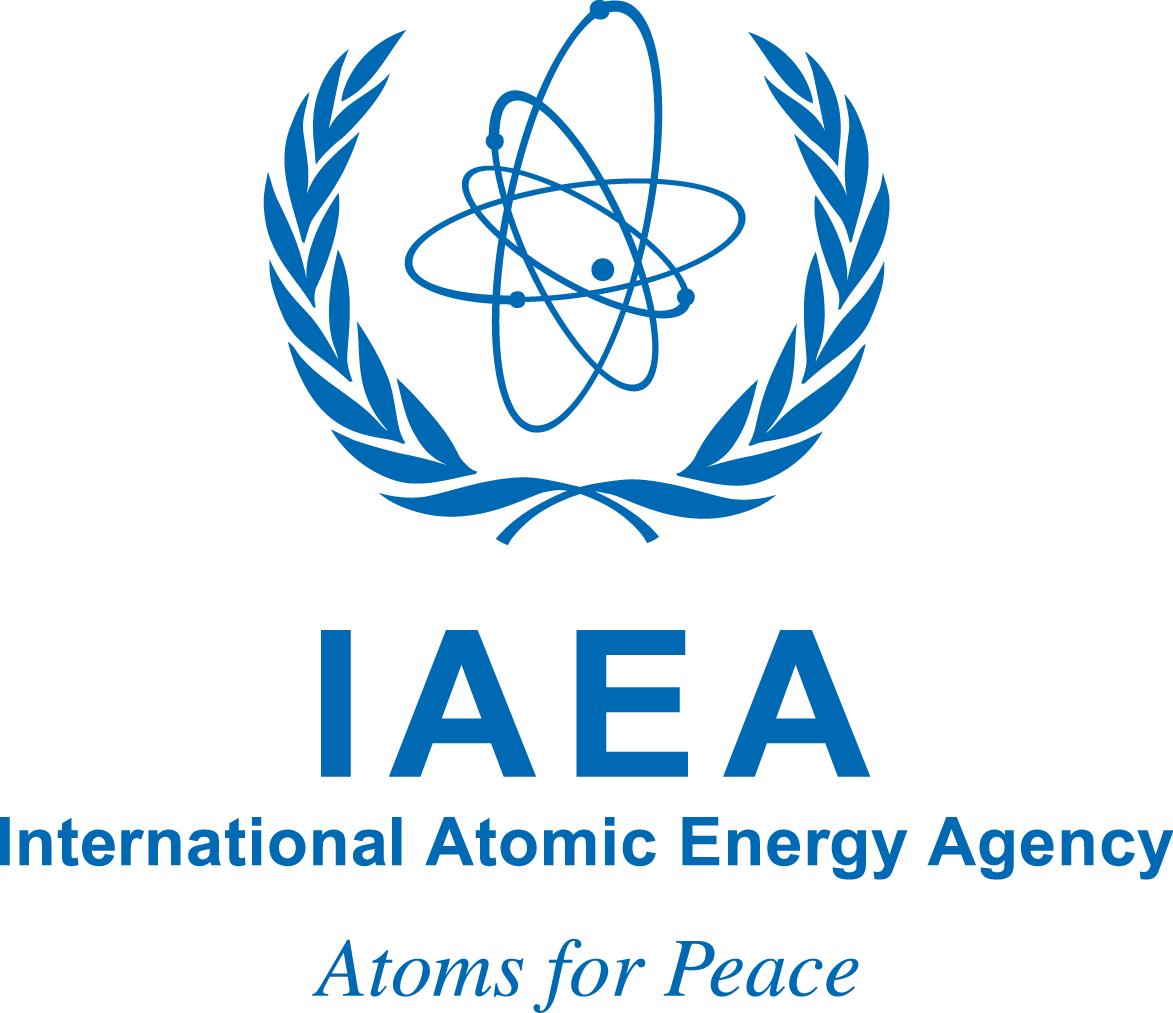Part 1 of 3 Parts
The small island of Changbiao juts out from the shoreline of the Chinese province of Fujian like a small footprint. It will be the home of China’s first two CFR-600 sodium-cooled fast-neutron nuclear reactors. The two reactors are under construction. The first is scheduled to connect to the Chinese grid in 2023 and the other in 2026. These two reactors will help China move towards its goal of being carbon-neutral by 2060.
The reactors being built on Changbiao are what is called closed fuel cycle nuclear breeder reactors. They will produce plutonium. That plutonium could be reprocessed for use as fuel in other nuclear reactors. It could also be used for the construction of nuclear warheads. No one outside the Chinese officials and the companies that are involved in the project really knows if the intended use of the reactors is just for production of electricity or if they are dual purpose for both civilian and military use. There is great international concern about this issue, especially after a U.S. official accused China of resisting bilateral talks with the U.S. on reducing nuclear risk.
China has been relatively transparent about its civilian plutonium program until recently when it stopped its annual voluntary declaration to the International Atomic Energy Agency (IAEA) on its stocks of civilian plutonium in 2017. China has not added the two new reactors to the IAEA database. There can be reporting delays of more than a year among the nine nations that are party to the IAEA voluntary guidelines for the management of plutonium. However, Frank von Hippel, a senior nuclear research physicist and co-founder of Princeton University’s Program on Science & Global Security, said recently that the lack of transparency on the part of China is beginning to upset non-proliferation experts and governments around the world. Von Hippel also said, “This is unique at this point.”
A recent paper by von Hippel and several other nuclear non-proliferation experts drew international attention to this situation. The paper stated that China could “conservatively produce 1,270 nuclear weapons by 2030 simply by exploiting the weapons-grade plutonium this program will produce.” That could be doubled if China used highly enriched uranium or composite uranium-plutonium cores from the new reactors in their bombs and missiles. It is estimated that China currently has about three hundred and fifty nuclear warheads so the suggested expansion would be huge increase over their current nuclear arsenal. Von Hippel said, “Well, I’m worried. They may be dual-purpose.”
Even though IAEA plutonium management guidelines have been considered as something of a failure over the years, at least they “did provide transparency”, according to von Hippel. Now everyone but China remains ignorant about the plutonium program and it is starting to draw international attention and criticism. Nickolas Roth is a senior fellow and director of the Nuclear Security program at the think-tank the Stimson Center in Washington, DC. He said, “Confidence-building measures like plutonium declarations to the IAEA are really important. When countries don’t submit those declarations, particularly as they’re going down the path of producing more materials, that is a legitimate reason for concern.”
Please read Part 2 next
